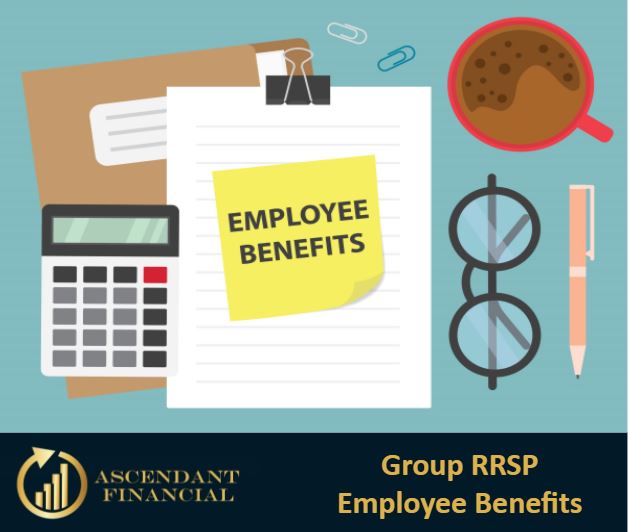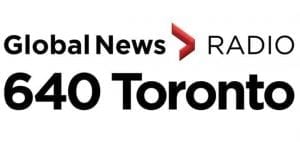Employee benefits are pieces of an employment package that the employer gives the employees. These benefits often include insurance, educational assistance, childcare, health care or discounts on goods and services. Sometimes even stock options or a pension plan are offered.
While some companies offer just one benefit package, many have a more diverse range of options for employees. Depending on which benefits package a company has, employees can see significant benefits. In fact, certain benefits may be tax-deductible.
Some perks, like discounts on company products or grouped, discounted insurance premiums, are usually automatic because the business already employs the worker. These are typically withdrawn directly off the paycheck, and you can see these on your paystub. However, other benefits may require separate applications. For example, employees might have to apply for educational assistance through their human resources office.
A group RRSP is an employee benefit. With many companies, these are optional and they vary substantially in how they are offered with different employers.

First, it can only be offered by an employer to their employees. A possible advantage of an employer-sponsored group RRSP is that the employer will often directly contribute an amount each year or “match” up to a capped amount that the employee contributes. A group RRSP is different from a regular RRSP that anyone can open at any financial institution in that it is administered by the group plan provider and the employer may have set up restrictions on when you can transfer the account values outside to another institution. Some employers do not allow you to transfer these values out until after a vesting period or until you leave the company. This can create some restrictions on your financial planning and the choices of investments will be limited to what the group plan allows.
Like other employee benefits, employees must first sign up for an RRSP– which is mainly done during the hiring process. In some companies, workers might also have to meet specific requirements to enjoy the benefits of a group RRSP. Such as three or six-month probationary periods before they can be set up.
For many, the most significant benefit may be the simplicity of having a regular contribution automatically deducted off their pay cheque, so it is a set it and forget it investment accumulation plan. Some do not have the habits or discipline to do this on their own, and this method may help incentivize long-term investments that, assuming the market performs ok, can give the employee more funding for their retirement phase of life.
One downside is that group RRSPs usually have strict eligibility criteria associated with them. For example, you may only be able to join if you are a full-time employee or if you have been employed at the company for over six months. Another disadvantage of group RRSP is the lack of choice when it comes to selecting investments inside the account. Some employers only offer mutual funds for their employees, limiting your ability to diversify and find new opportunities as they come available.
Group RRSPs provide a convenient way of saving for retirement if you meet the eligibility requirements and don't mind having limited options for investment selection. As with any other investment, there is some risk involved. Before committing to a plan, make sure you fully understand the rules and how it works to determine whether this is the right option for you.
Contact Ascendant Financial today to assess all of your Group RRSP options.









© 2024 Ascendant Financial Inc. All rights reserved.
The supporting material, audio and video recordings and all information related to Introduction to Becoming Your Own Banker, The Infinite Banking Concept (IBC) posted on www.ascendantfinancial.ca and all other Ascendant Financial Inc. websites are designed to educate and provide general information regarding The Infinite Banking Concept (IBC) and all other subject matter covered. It is marketed and distributed with the understanding that the authors and the publishers are not engaged in rendering legal, financial, or other professional advice. It is also understood that laws and practices may vary from province to province and are subject to change. All illustrations provided in these materials are for educational purposes only and individual results will vary. Each illustration provided is unique to that individual and your personal results may vary. Because each factual situation is different, specific advice should be tailored to each individual’s particular circumstances. For this reason, the reader is advised to consult with qualified licensed professionals of their choosing, regarding that individual’s specific situation.
The authors have taken reasonable precautions in the preparation of all materials and believe the facts presented are accurate as of the date it was written. However, neither the author nor the publishers assume any responsibility for any errors or omissions. The authors and publisher specifically disclaim any liability resulting from the use or application of the information contained in all materials, and the information is neither intended nor should be relied upon as legal, financial or any other advice related to individual situations.
Family Banking System (FBS)™ is a trademark of Ascendant Financial Inc. © Ascendant Financial Inc., 2024. All rights reserved. The phrase “Live the Lifestyle, Love the Process, Infinite Banking” is a registered copyright (Registration No. 1209863) with the Canadian Intellectual Property Office. Unauthorized use, reproduction, distribution, or copying of this phrase, in whole or in part, without express written permission from Ascendant Financial Inc. is strictly prohibited. This copyright is protected under Canadian intellectual property laws and regulations. Any unauthorized use is subject to legal action and enforcement under Canadian law. For inquiries or requests for permission to use this copyright, please contact Ascendant Financial Inc.
The Infinite Banking Concept® is a registered trademark of Infinite Banking Concepts, LLC. Ascendant Financial is independent of and is not affiliated with, sponsored by, or endorsed by Infinite Banking Concepts, LLC.”
This content is intended for Canadian residents of BC, AB, SK, MB, ON, NB, NS, NU, YT, PEI & NFLD only.